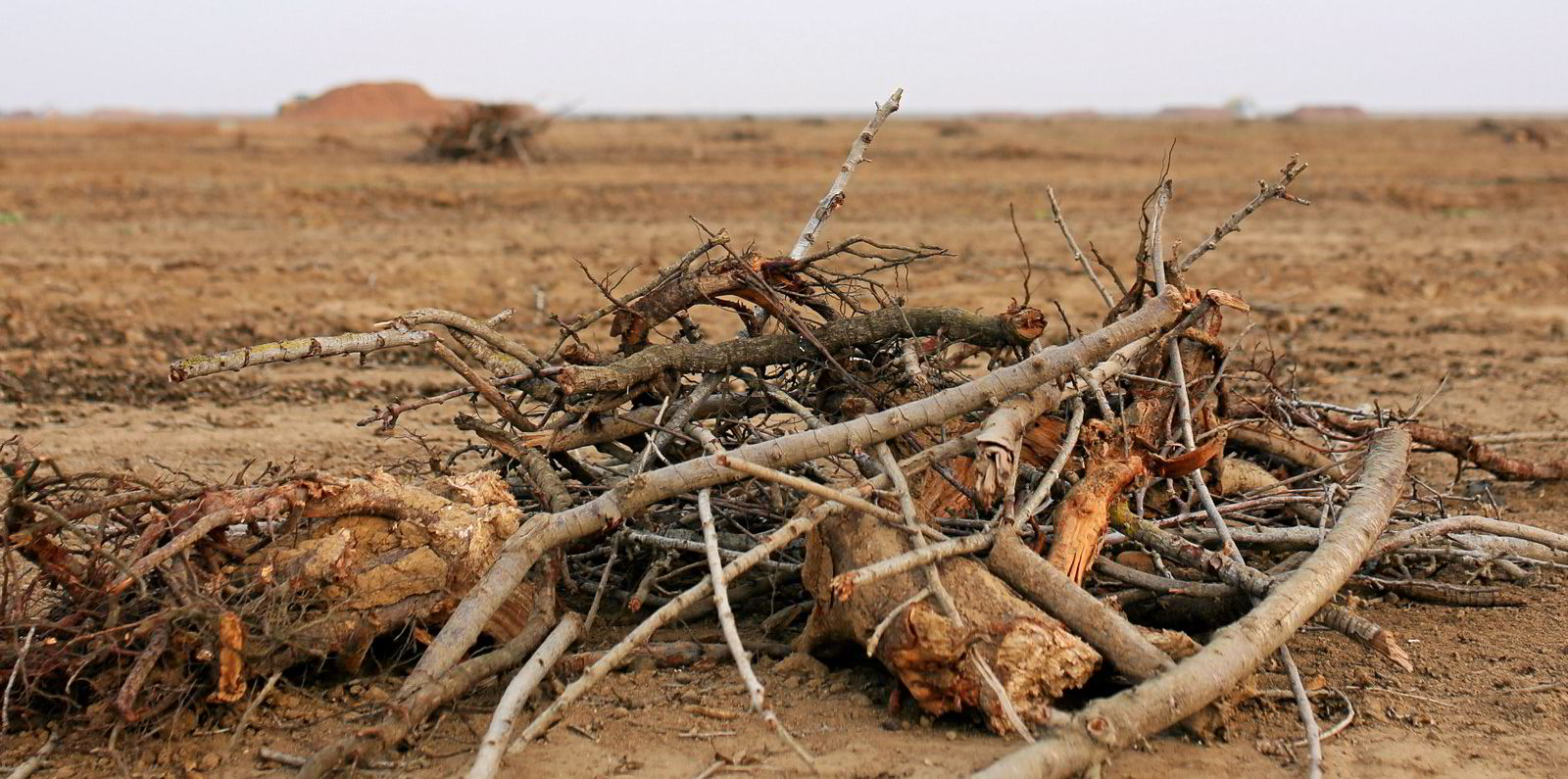
Orchard tree debris near Wasco, California
Los Angeles, California-based start-up Mote will convert wood waste into H2 and capture and store the CO2 — but it might not be the first to do so
A US start-up says it will produce carbon-negative green hydrogen from wood waste at a plant in Bakersfield, California, as soon as 2024.
By utilising biomass that has absorbed carbon dioxide from the atmosphere as it grew, and then capturing and storing that CO2, the process actually removes carbon from the air.
“Biomass is heated in a limited-oxygen environment to above 1500°F [815°C], converting it to a mixture of gases,” the Los Angeles-based start-up explains on its website. “In a series of operations, the mixture is reacted, separated, and purified into hydrogen for sale as a transportation fuel and CO2 for storage. We recover the small amount of remaining ash and sell it as an additive for fertilizer.”
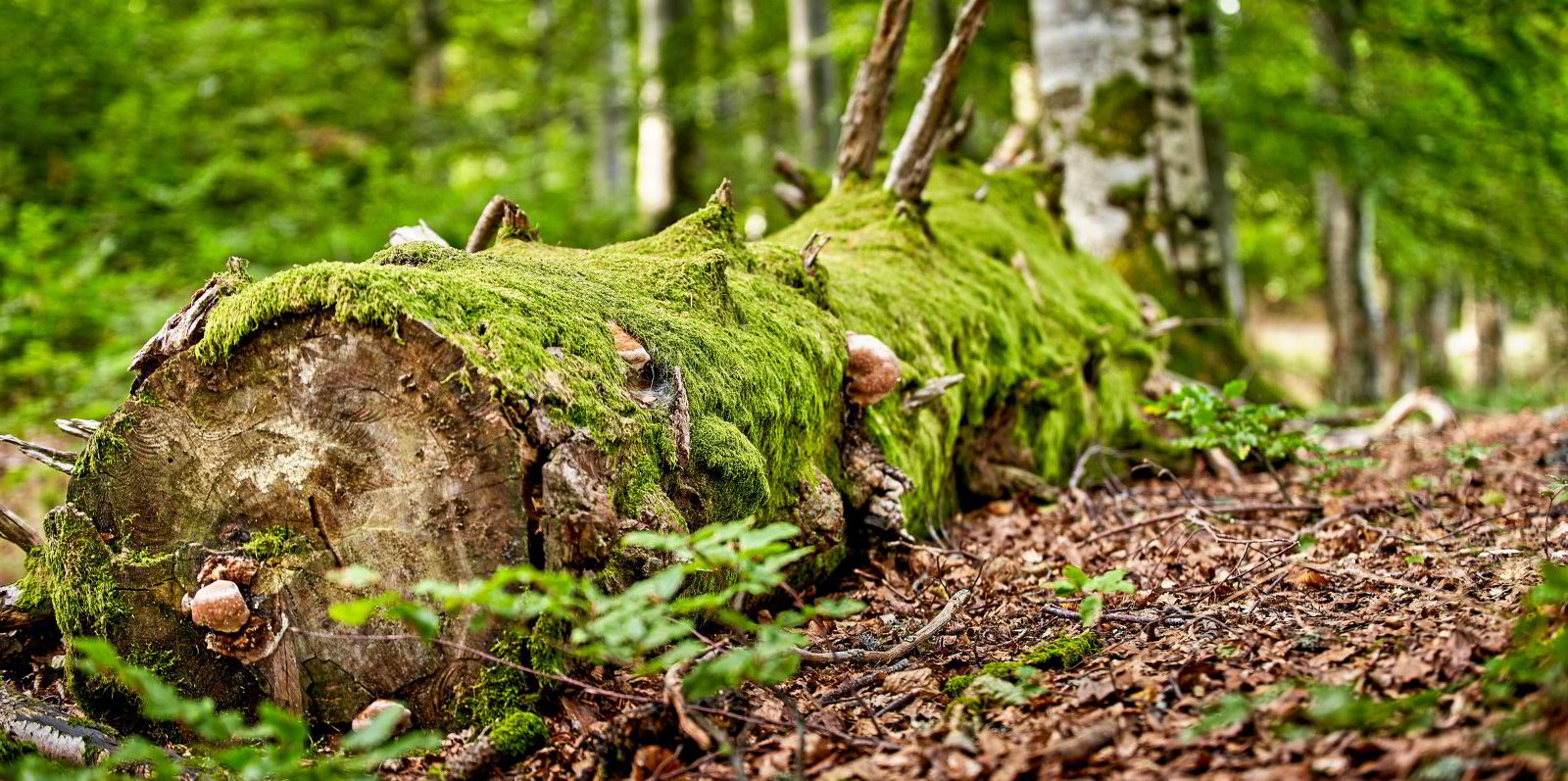
‘We will produce carbon-negative green hydrogen at a third of the price of standard renewable H2’
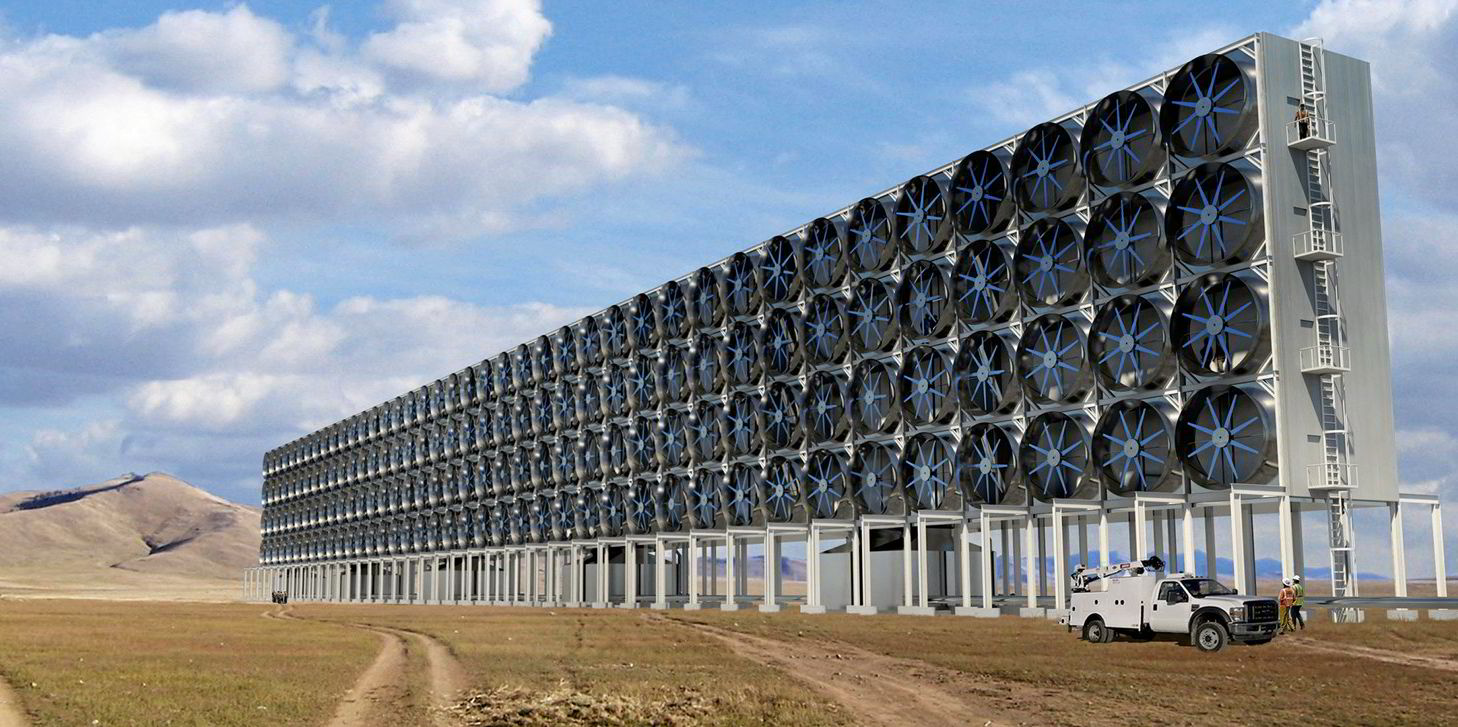
Climate saviours? The five leading carbon-negative solutions needed to reach net-zero emissions
Engineering work for the first facility is already under way, with plans for the plant to produce 7,000 tonnes of H2 annually as soon as 2024, while removing 150,000 tonnes of CO2 from the atmosphere each year.
The company says its hydrogen will have a “producer sale price and carbon intensity score significantly lower than its competitors”, due to its dual revenue stream of H2 and carbon credits.
“As the world’s first carbon removal project converting biomass to hydrogen, we are addressing the ever-growing demand for renewable hydrogen with a carbon-negative approach,” says co-founder and CEO Mac Kennedy. “With this new facility, Mote is laying the groundwork for affordable hydrogen offerings on a global scale while also supercharging natural carbon-removal processes.”
Although Mote claims its project will be a world-first, a Singaporean venture called CAC-H2 announced in October that it would produce carbon-negative green hydrogen from biomass using a “unique gasification process“ in Australia by 2023.
Mote says the extracted CO2 will be “permanentaly placed deep underground for ecologically safe storage”, but does not explain how it will do so.
However, the company adds that is in discussions with CarbonCure Technologies to permanently store the CO2 in concrete.
Mote was formed by Kennedy and his friend Joshuah Stolaroff, who was formerly head of the carbon capture programme at the Lawrence Livermore National Laboratory. Stolaroff co-authored a landmark report into carbon-removal technologies in 2019, which found that gasifying waste biomass to hydrogen was the cheapest and most scalable option for removing CO2 from the air.
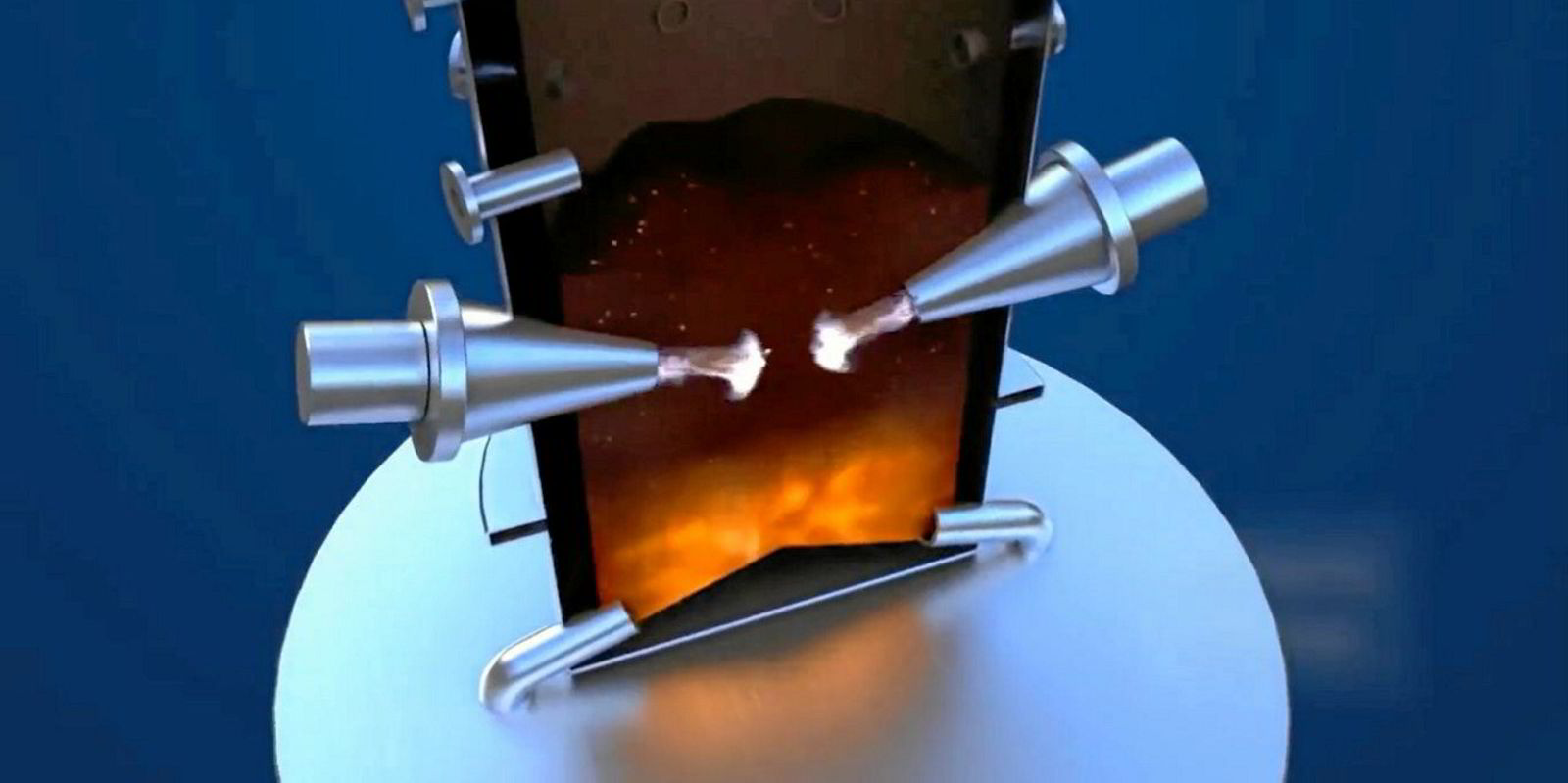
World's largest 'green hydrogen' offtake deal signed in California by waste-to-H2 start-up
“After spending the last 20 years researching carbon capture and clean energy, it's amazing to have a solution that can address both and even divert waste to a beneficial use,” said Stolaroff, who is now Mote’s chief technology officer.
Mote is co-developing its pilot plant with engineering giant Fluor and gasification system provider SunGas Renewables.
Investors in the start-up include climate-focused angel investor Preston-Werner Ventures, and carbon-removal investment firm Counteract.
Biomass plant near Bakersfield would bury or seal carbon in concrete
By JOHN COX jcox@bakersfield.com
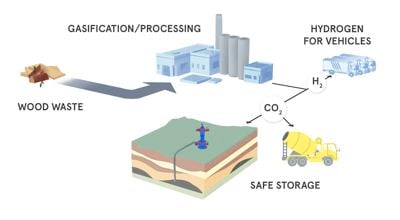
A Southern California company proposes to build a project near Bakersfield that would gasify woody waste from local ag operations. Hydrogen from the process would be used to fuel vehicles, while byproduct carbon dioxide would be buried deep underground or stored in concrete.
By JOHN COX jcox@bakersfield.com

A Southern California company proposes to build a project near Bakersfield that would gasify woody waste from local ag operations. Hydrogen from the process would be used to fuel vehicles, while byproduct carbon dioxide would be buried deep underground or stored in concrete.
Graphic courtesy of Mote
Kern's carbon management rush has a new entrant with a Southern California company's proposal to gasify local ag waste for production of hydrogen and carbon dioxide that can be injected underground or, in a novel twist, stored in concrete.
The startup, Mote, announced Wednesday engineering work has begun on a $100 million facility proposed outside Bakersfield that would capture 150,000 metric tons of carbon dioxide per year — roughly equivalent to taking 33,000 cars off the road — and 7 million kilograms of hydrogen for transportation starting as soon as 2024.
Combining existing technologies with local access to biomass waste and ideal geological formations, the proposal is the latest carbon burial project seeking federal tax credits and different state financial incentives for fighting climate change.
"Carbon removal and clean hydrogen are booming markets right now," Managing Partner Andy Bonsall at London-based climate action investor Counteract, a Mote shareholder, said in Wednesday's news release. "Mote is extraordinarily positioned to scale quickly for huge impact."
Other active proposals by much larger companies aim to accomplish similar goals in Kern but on a larger scale and higher cost, sucking air out of the atmosphere directly or removing it from the emissions stream of a power plant in western Kern. At least one other project unveiled recently would gasify biomass and bury CO2 with no mention of concrete sequestration.
Mote has not applied for the environmental, injection, air and water permits it would require before beginning operation. But the company said it has a prospective partner developing the CO2 storage site, whose location it declined to disclose.
The county's top planner and energy-permitting specialist, Lorelei Oviatt, said she has seen more of this sort of thing lately as companies announce agreements and investments without taking initial steps toward the conditional use permits and environmental reviews they would need.
"All the companies are doing this," she said. "It's fine. But no, I've never talked with these particular people."
The county has received a single application for carbon capture and sequestration, from California Resources Corp. The Santa Clarita-based oil producer has disclosed plans for solar- and natural-gas-fueled plants that would either take carbon directly out of the air or remove it from the exhaust of a power plant it operates in Elk Hills.
Oviatt has also heard CO2 injection proposals from Bakersfield-based Aera Energy LLC, San Ramon-based Chevron Corp. and Bakersfield-based Jaco Oil Co. Others hoping to inject carbon underground in unincorporated Kern "need to come talk to me," she said.
Mote finished top in its class at the Rice University Clean Energy Accelerator. This fall, it announced receiving investor seed money.
The company said it will combine commercial technologies with new efficiency that can be replicated at a scale that lowers the cost of fighting climate change.
Trimmings and wood from Central Valley orchards and vineyards have posed problems in California for years. Almond growers and vineyards in particular generate large amounts of wood that if left to decompose produces the potent greenhouse gas methane.
Many power plants that used to burn biomass to generate electricity and steam closed several years ago in the face of competition from solar and wind farms.
Open burning has since increased but its imminent prohibition is expected to result in more whole-orchard recycling in which biomass is shredded and incorporated back into the soil where it originated. Some environmental groups prefer that option to the emissions that come with gathering and transporting biomass — plus, it's another form of carbon sequestration.
Besides federal tax credits, Mote expects to receive recurring revenue from California's Low Carbon Fuel Standard. It also hopes to win grant money from the California Energy Commission's financial support for production of renewable hydrogen.
Mote is in talks with Canadian-based CarbonCure Technologies on potentially storing carbon dioxide in concrete at construction sites.
The company said by email all the energy it would need for carbon storage would come from biomass, but that if it needs to liquify hydrogen it may need to bring in external electricity.
Mote said it expects to put out minimal emissions. Its largest source would be related to wood handling.
Kern's carbon management rush has a new entrant with a Southern California company's proposal to gasify local ag waste for production of hydrogen and carbon dioxide that can be injected underground or, in a novel twist, stored in concrete.
The startup, Mote, announced Wednesday engineering work has begun on a $100 million facility proposed outside Bakersfield that would capture 150,000 metric tons of carbon dioxide per year — roughly equivalent to taking 33,000 cars off the road — and 7 million kilograms of hydrogen for transportation starting as soon as 2024.
Combining existing technologies with local access to biomass waste and ideal geological formations, the proposal is the latest carbon burial project seeking federal tax credits and different state financial incentives for fighting climate change.
"Carbon removal and clean hydrogen are booming markets right now," Managing Partner Andy Bonsall at London-based climate action investor Counteract, a Mote shareholder, said in Wednesday's news release. "Mote is extraordinarily positioned to scale quickly for huge impact."
Other active proposals by much larger companies aim to accomplish similar goals in Kern but on a larger scale and higher cost, sucking air out of the atmosphere directly or removing it from the emissions stream of a power plant in western Kern. At least one other project unveiled recently would gasify biomass and bury CO2 with no mention of concrete sequestration.
Mote has not applied for the environmental, injection, air and water permits it would require before beginning operation. But the company said it has a prospective partner developing the CO2 storage site, whose location it declined to disclose.
The county's top planner and energy-permitting specialist, Lorelei Oviatt, said she has seen more of this sort of thing lately as companies announce agreements and investments without taking initial steps toward the conditional use permits and environmental reviews they would need.
"All the companies are doing this," she said. "It's fine. But no, I've never talked with these particular people."
The county has received a single application for carbon capture and sequestration, from California Resources Corp. The Santa Clarita-based oil producer has disclosed plans for solar- and natural-gas-fueled plants that would either take carbon directly out of the air or remove it from the exhaust of a power plant it operates in Elk Hills.
Oviatt has also heard CO2 injection proposals from Bakersfield-based Aera Energy LLC, San Ramon-based Chevron Corp. and Bakersfield-based Jaco Oil Co. Others hoping to inject carbon underground in unincorporated Kern "need to come talk to me," she said.
Mote finished top in its class at the Rice University Clean Energy Accelerator. This fall, it announced receiving investor seed money.
The company said it will combine commercial technologies with new efficiency that can be replicated at a scale that lowers the cost of fighting climate change.
Trimmings and wood from Central Valley orchards and vineyards have posed problems in California for years. Almond growers and vineyards in particular generate large amounts of wood that if left to decompose produces the potent greenhouse gas methane.
Many power plants that used to burn biomass to generate electricity and steam closed several years ago in the face of competition from solar and wind farms.
Open burning has since increased but its imminent prohibition is expected to result in more whole-orchard recycling in which biomass is shredded and incorporated back into the soil where it originated. Some environmental groups prefer that option to the emissions that come with gathering and transporting biomass — plus, it's another form of carbon sequestration.
Besides federal tax credits, Mote expects to receive recurring revenue from California's Low Carbon Fuel Standard. It also hopes to win grant money from the California Energy Commission's financial support for production of renewable hydrogen.
Mote is in talks with Canadian-based CarbonCure Technologies on potentially storing carbon dioxide in concrete at construction sites.
The company said by email all the energy it would need for carbon storage would come from biomass, but that if it needs to liquify hydrogen it may need to bring in external electricity.
Mote said it expects to put out minimal emissions. Its largest source would be related to wood handling.
No comments:
Post a Comment